Switzerland is synonymous with winter sports. From world-class ski resorts to legendary alpine slopes, the country has cemented itself as a premier destination for skiing, snowboarding, and other winter activities. But how did Switzerland evolve into this global hub for winter sports? The answer lies in a combination of geography, history, infrastructure, and a deeply ingrained love for alpine culture.
This article explores the historical development, cultural impact, and key factors that have made Switzerland the winter sports paradise it is today.
Geographical Advantage: The Perfect Alpine Playground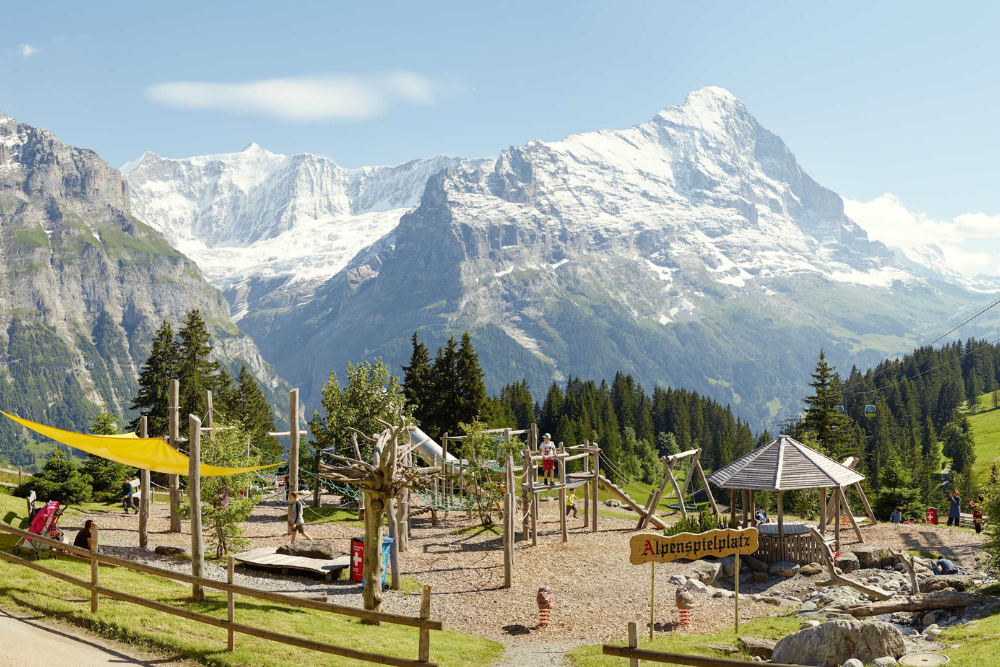
Switzerland’s unique topography plays a fundamental role in its dominance in winter sports. The country is home to the Swiss Alps, a mountain range covering nearly 60% of its land area. With towering peaks such as the Matterhorn (4,478m), Jungfrau (4,158m), and Eiger (3,967m), Switzerland provides ideal conditions for winter sports enthusiasts.
The high-altitude terrain ensures reliable snowfall throughout the winter season, making it possible to enjoy skiing and snowboarding from November to April, with some glacier resorts offering year-round skiing. Additionally, Switzerland’s central location in Europe makes it easily accessible for travelers from across the continent.
The Birth of Winter Tourism in the 19th Century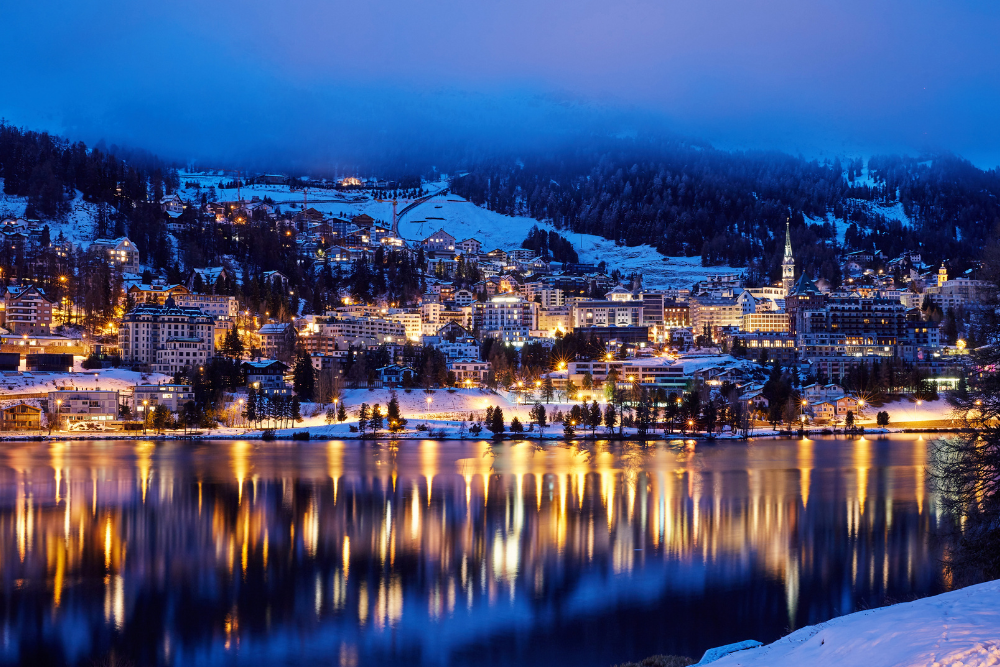
Switzerland’s transformation into a winter sports paradise can be traced back to the late 19th century, when tourism began to take shape in the Alpine regions. Prior to this, the Swiss mountains were mainly visited in the summer for hiking and fresh-air retreats.
The Role of British Tourists
A key turning point in Swiss winter tourism was driven by British visitors. In the 1860s, British aristocrats and adventurers, fascinated by the Alps, started exploring Switzerland for winter vacations. One of the pioneers was Sir Arthur Conan Doyle, the creator of Sherlock Holmes, who wrote enthusiastically about skiing in Switzerland. His 1894 article “An Alpine Pass on Skis” helped popularize the sport among European elites.
St. Moritz: The Birthplace of Winter Tourism
The real breakthrough came in the 1860s when Johannes Badrutt, a Swiss hotelier, made a bold claim to his British guests at the Kulm Hotel in St. Moritz. He promised them that if they visited in winter and did not enjoy themselves, he would cover all their expenses. When the guests returned and experienced the crisp air, sunshine, and winter sports, they were captivated.
This gamble paid off, and St. Moritz became the world’s first winter resort, attracting aristocrats and wealthy travelers. In 1928, it hosted the first Winter Olympics, further solidifying its status as the birthplace of winter tourism.
The Growth of Skiing and Other Winter Sports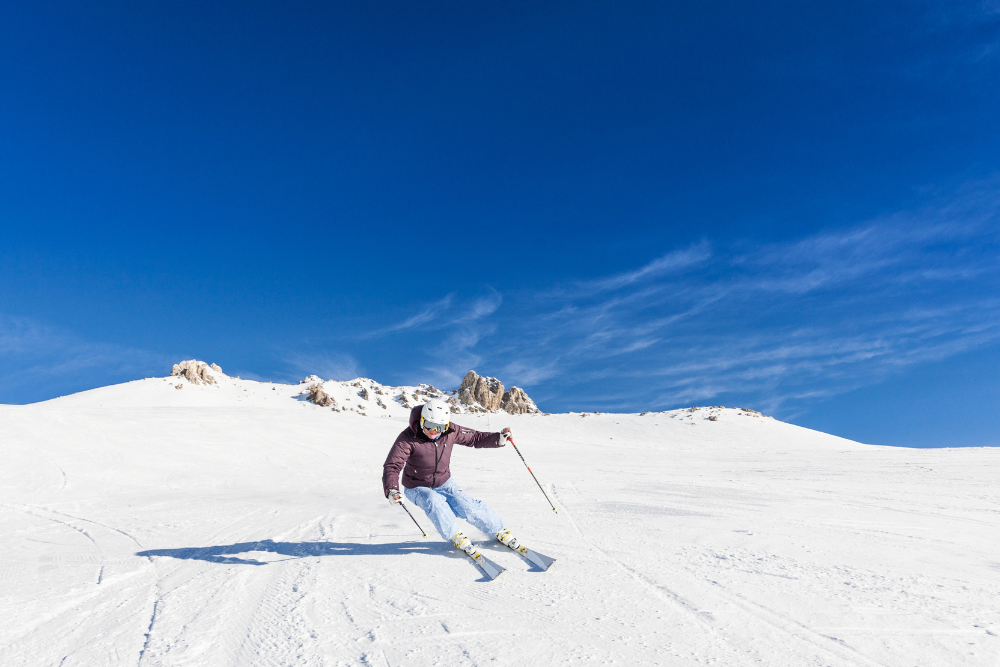
Development of Ski Resorts
Following the success of St. Moritz, other Swiss regions began developing ski resorts:
- Zermatt, home to the iconic Matterhorn, became a favorite for both mountaineering and skiing.
- Davos, with its high-altitude terrain, became known as a ski and health retreat.
- Wengen and Grindelwald, in the Jungfrau region, emerged as key ski destinations.
- Verbier, founded in the 1940s, became a hotspot for freeride skiing and luxury chalets.
With the increasing popularity of skiing, Swiss towns developed ski lifts, cable cars, and mountain railways, making it easier for visitors to access the slopes. The Jungfraujoch Railway, completed in 1912, allowed travelers to reach high-altitude regions effortlessly.
Competitive Skiing and International Recognition
Switzerland has played a pivotal role in the development of competitive skiing. The country hosted the Winter Olympics twice:
- St. Moritz in 1928
- St. Moritz again in 1948
Additionally, Swiss ski resorts have been frequent venues for Alpine Skiing World Cup races. Legendary Swiss skiers such as Pirmin Zurbriggen, Vreni Schneider, Didier Cuche, and Lara Gut-Behrami have helped cement Switzerland’s reputation in competitive skiing.
Snowboarding, Freeride, and New Trends
While skiing dominated Switzerland’s winter sports scene for decades, the rise of snowboarding in the 1980s and 1990s brought a new wave of visitors. Resorts such as Laax and Verbier became known for their freeride terrain and snow parks, attracting snowboarders and freestyle skiers from around the world.
Switzerland has also been at the forefront of extreme winter sports, including heli-skiing, ski mountaineering, and ice climbing. With its abundant backcountry terrain, the country remains a prime destination for adventure seekers.
The Role of Swiss Precision and Infrastructure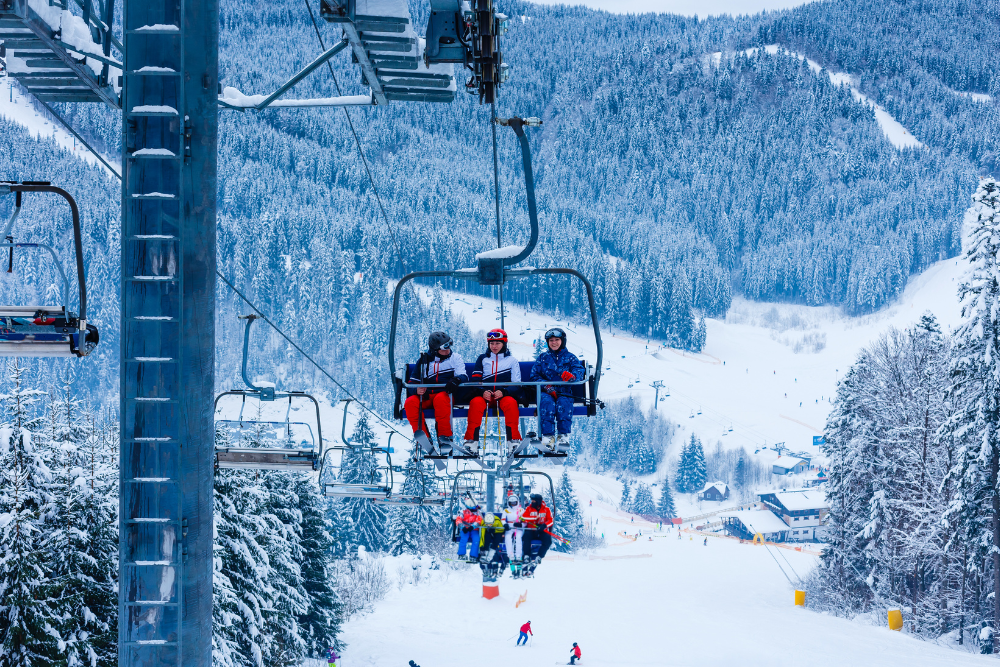
Switzerland’s reputation for precision and efficiency extends to its winter sports infrastructure. The country boasts:
- Extensive Ski Lift Networks – With over 2,400 ski lifts, Switzerland has one of the most sophisticated ski resort systems in the world.
- Scenic Mountain Railways – Iconic trains like the Glacier Express and Bernina Express offer breathtaking views while transporting visitors to mountain destinations.
- Luxury Resorts and Chalets – Swiss ski resorts are famous for their high-end accommodations, fine dining, and après-ski culture.
Additionally, Switzerland’s environmental consciousness ensures that its winter tourism remains sustainable. Many ski resorts are investing in renewable energy, snow-making technology, and eco-friendly tourism initiatives.
Winter Sports Beyond Skiing and Snowboarding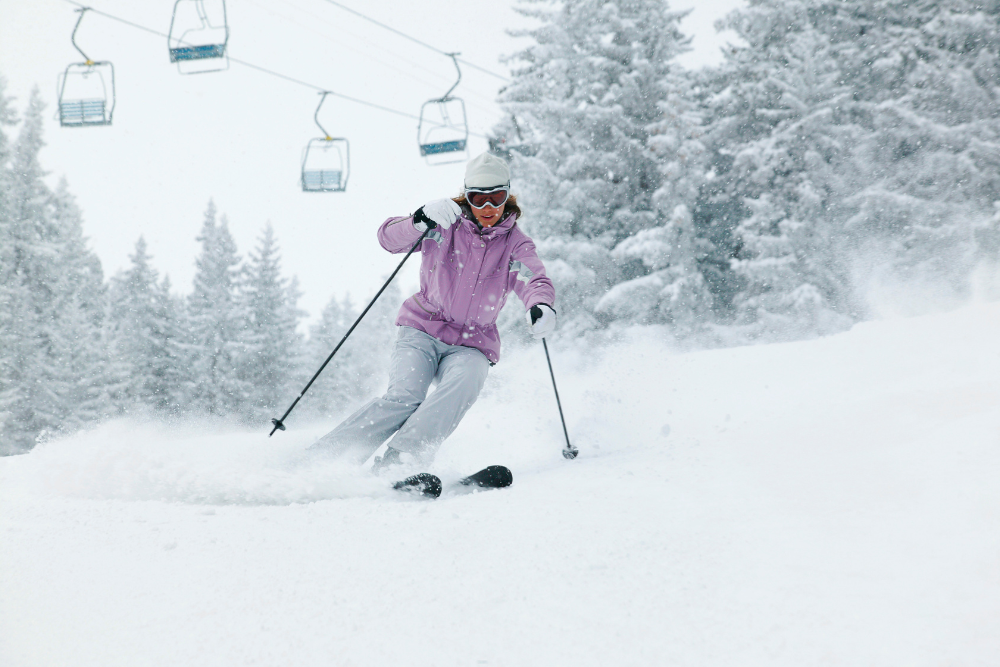
While skiing and snowboarding are the main attractions, Switzerland offers a variety of other winter sports, including:
- Tobogganing (Sledding) – Switzerland has some of the longest toboggan runs in Europe, including the Preda-Bergün run.
- Ice Skating – Cities like Zurich, Geneva, and Lausanne set up beautiful outdoor ice rinks in the winter.
- Cross-Country Skiing – Engadin and Goms offer well-groomed trails for cross-country ski enthusiasts.
- Ice Climbing – Frozen waterfalls in places like Kandersteg attract climbers from around the world.
Conclusion
Switzerland’s rise as a winter sports paradise is the result of geographical blessings, visionary tourism development, a strong sporting tradition, and world-class infrastructure. From the pioneering days of British tourists in St. Moritz to the modern-day luxury ski resorts and international competitions, Switzerland continues to set the gold standard for winter sports destinations.
Whether you’re a skier, snowboarder, or simply someone who loves the magic of winter in the Alps, Switzerland remains the ultimate winter wonderland.












